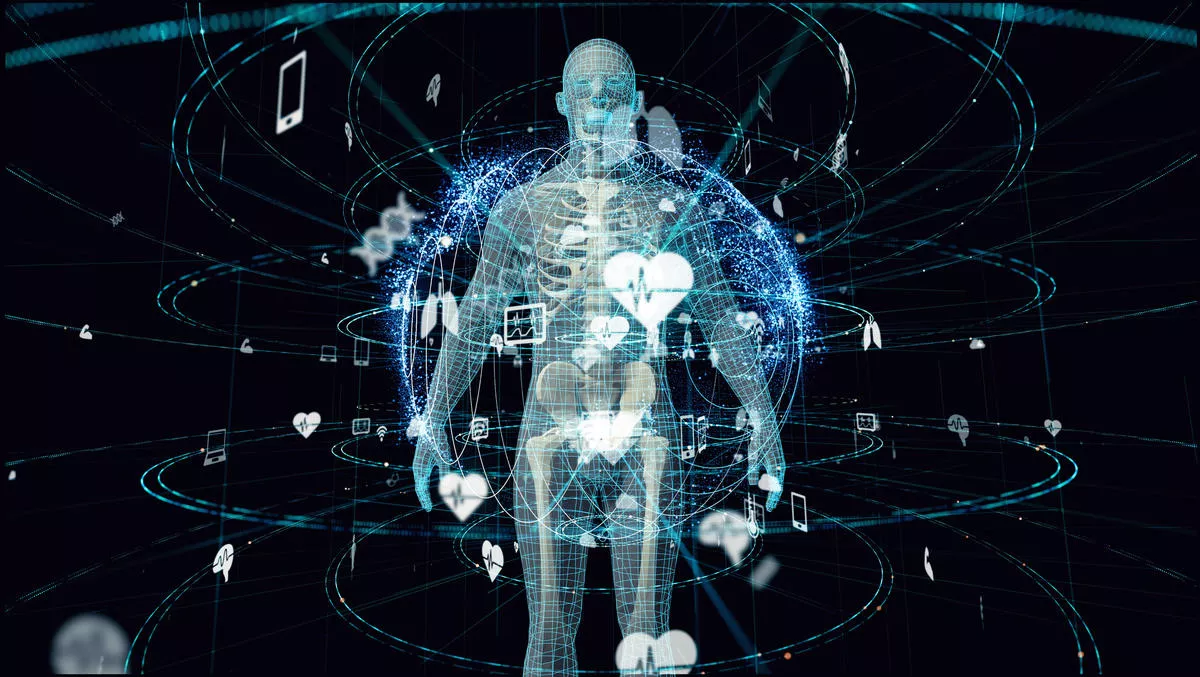
New wearable devices to diagnose medical conditions such as preeclampsia, epilepsy and heart attacks
New wearable devices are set to diagnose medical conditions such as preeclampsia, epilepsy and heart attacks, according to the University of South Australia.
Transforming how common health conditions are diagnosed using point-of-care and wearable bio diagnostic devices is the goal of a new University of South Australia project, which has just secured nearly AU$2.2 million from the National Health, Medical and Research Council (NHRMC).
Through an NHMRC Investigator Grant, UniSA biomedical engineer Professor Benjamin Thierry aims to develop a range of solid-state sensing and wearable technologies capable of diagnosing conditions including preeclampsia, epilepsy, fetal arrhythmias and heart attacks.
Thierry says he hopes these technologies will help address the significant health outcome disparities across the country, which sees Australians living in rural and remote areas experience higher levels of disease and reduced access to health services, compared with their metropolitan counterparts.
"Wearable consumer products such as the Fitbit are already mainstream, yet the enormous transformative medical potential of wearable technologies is yet to be realised," he says.
"There is a huge opportunity for us to create wearable devices capable of better diagnosing and monitoring medical conditions, particularly in rural and remote settings where patients often do not have access to the testing and specialist care that is available in cities," Thierry explains.
"Some of the technologies I hope to develop include wearable devices able to continuously and accurately monitor the ECG, which could in turn predict epileptic seizures or detect preeclampsia and other related pregnancy complications."
Thierry says these wearables use a cutting-edge solid-state sensing technology called Field Effect Transistors, which can measure bioelectric signals with extreme sensitivity when implemented at the nanoscale.
Thierry will also develop conformal devices based on Magnetic Tunneling Junction sensors to record and map magnetic fields produced by electrical activity in the heart. He hopes this will enable more accurate non-invasive monitoring of fetal cardiac activity and rapid and point-of-care diagnosis of acute coronary syndrome, including heart attacks.
"Central to this project is developing innovative and affordable devices that can be used directly by patients under the supervision of primary healthcare providers, without the need for invasive or lengthy testing or specialist care," Thierry says.
"These devices have the potential to revolutionise how we care for not only patients in regional Australia but people around the world who live in low resource and remote areas.
"If we can provide affordable tools able to predict or diagnose within local communities, common health issues such as pregnancy complications or heart attacks, we would significantly improve healthcare across the board and ultimately reduce the health outcome disparities that exist around the globe," he explains.
The project builds on Thierry's previous work in UniSAs Future Industries Institute, where he led the research teams who developed patented cancer staging diagnostic technology and more recently a cheap and disposable hand-held device that can warn doctors whether a woman has preeclampsia from a single drop of blood.
Key to his work is partnering with industry and end-users to ensure what happens in the lab is translated to real outcomes for patients. He says this is critical to ensure the devices meet the regulatory approval of medical diagnostic devices and are practical to use in primary care settings.
He will also continue to engage with the Australian medical device community, including the Medical Device Partnering Program, as well as with his global network of collaborators.


